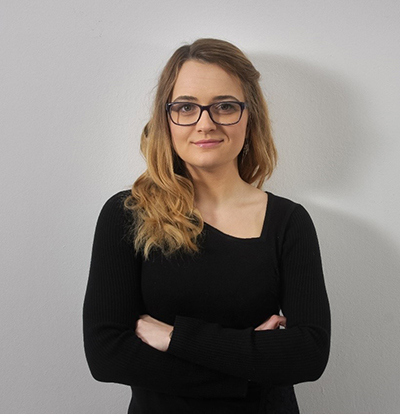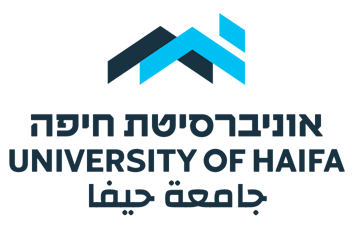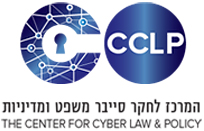 Bocconi University
Bocconi University
Alina Trapova completed her LLB at the University of Sheffield (UK) and later obtained her LLM in IP law at Queen Mary University of London (UK), specialising in trade mark and copyright law. She then worked in legal policy within the IFPI, the international body representing the recording industry worldwide.
She has also worked at the EUIPO’s Boards of Appeal as a Legal Assistant to the President of the Boards where, among other things, she drafted trade mark appeal decisions and coordinated the Presidium meetings.
She also has experience in the private legal sector, tech start-up counselling and IP conference management.
Presently, she is a researcher at Bocconi University in Milan, where she pursues a doctorate degree, while also acting as teaching assistant in various IP related courses. Her current research interests focus on copyright licensing, copyright ownership and machine learning. Alina also teaches law and licensing to fashion and design students in a fashion academy in Milan.
Abstract:
Machine learning and copyright law – a net of ownership claims
Machines capable of producing creative output date as early as the 70s: Harold Cohen’s AARON in the realm of art (1970s),1 David Cope’s Emmy regarding music (1980)2 and Ray Kurzweil’s Cybernetic Poet regarding poetry (1980s).3 What characterises these is that there was always clearly a human in control who would be vested the copyright authorship - either the programmer or the user of the software. With the advent of machine learning, one of the most prominent applications of artificial intelligence (AI), traditional understanding of copyright authorship and naturally ownership in the context of such works is disturbed. Certain features of the creative process are automated to the extent that it often becomes difficult to draw the line between which aspects the machine produced prompted by its user, what flows as a result of the original software written by the programmer and what, if anything, the machine learning algorithm generated itself based on the large datasets it is fed with.
This article critically analyses the problem of allocating authorship in the creative output from the perspective of EU copyright law, where most traditions inevitably focus on the human factor. The reasoning no human author-no copyright leads to significant practical problems eventually undermining human authorship and affecting the market for low creativity works.
In search for a working solution this paper draws a parallel to section 9(3) of the UK’s Copyright, Designs and Patents Act 1988 - a viable option, yet only for certain types of AI.4
In other circumstances, where AI would employ a higher degree of decision-making and even exhibit cognition and originality, it is often the case that the arrangements necessary for the creation of a work are not undertaken by any person, but by the machine itself. This limits the human input to the mere pressing of a single button without exercising any further control. In such a case, a different ex ante presumption of authorship is suggested - another common law legal construct, namely the US doctrine of works made for hire. Such an unconventional for the EU copyright tradition approach might indeed be the least disruptive presently available solution to the authorship conundrum as it reflects the “artificial” aspect of the creative process, which respectively justifies an “artificial” legal construct.
1 Chris Garcia, 'Harold Cohen and AARON—A 40-Year Collaboration' (Computer History Museum, 23 August 2016)
accessed 25 September 2018.
2 David Cope, 'Emmy Vivaldi' (YouTube, 12 August 2012) accessed 25 September 2018.
3 Ray Kurzweil, 'CyberArt Technologies' (Kurzweil Cyber Art, -) accessed 25 September 2018.
4 Copyright, Designs and Patents Act 1988 (hereinafter, CDPA).





